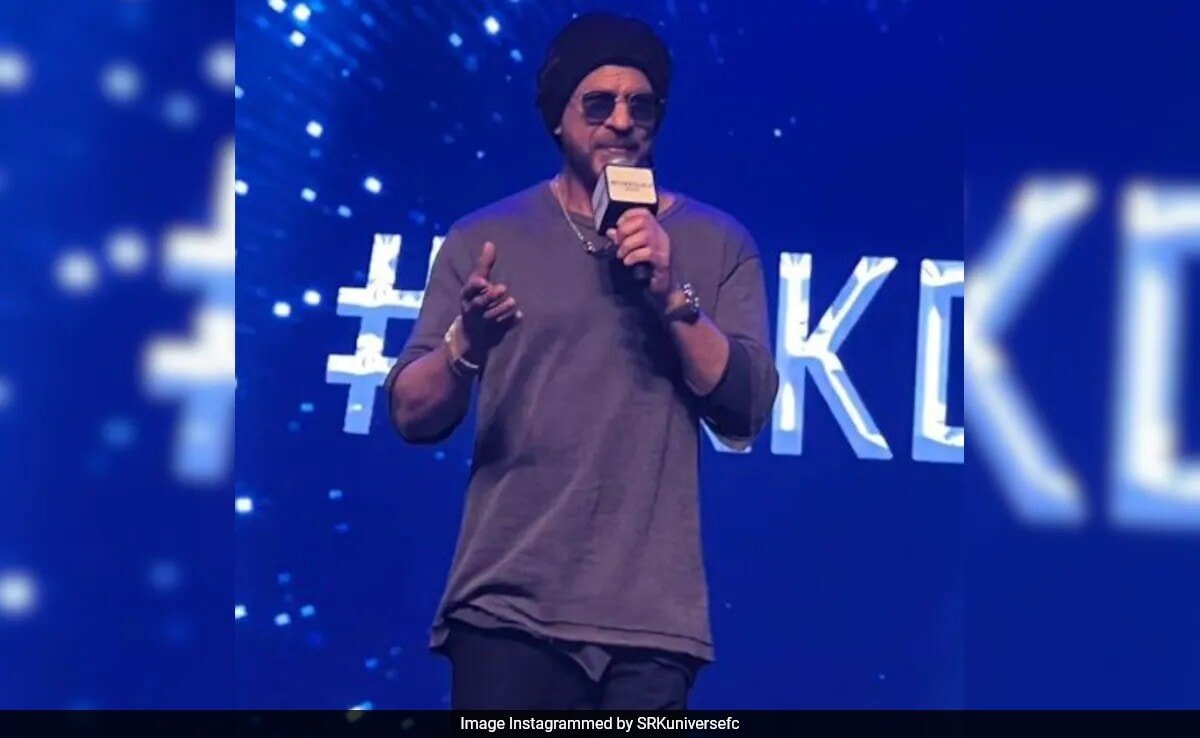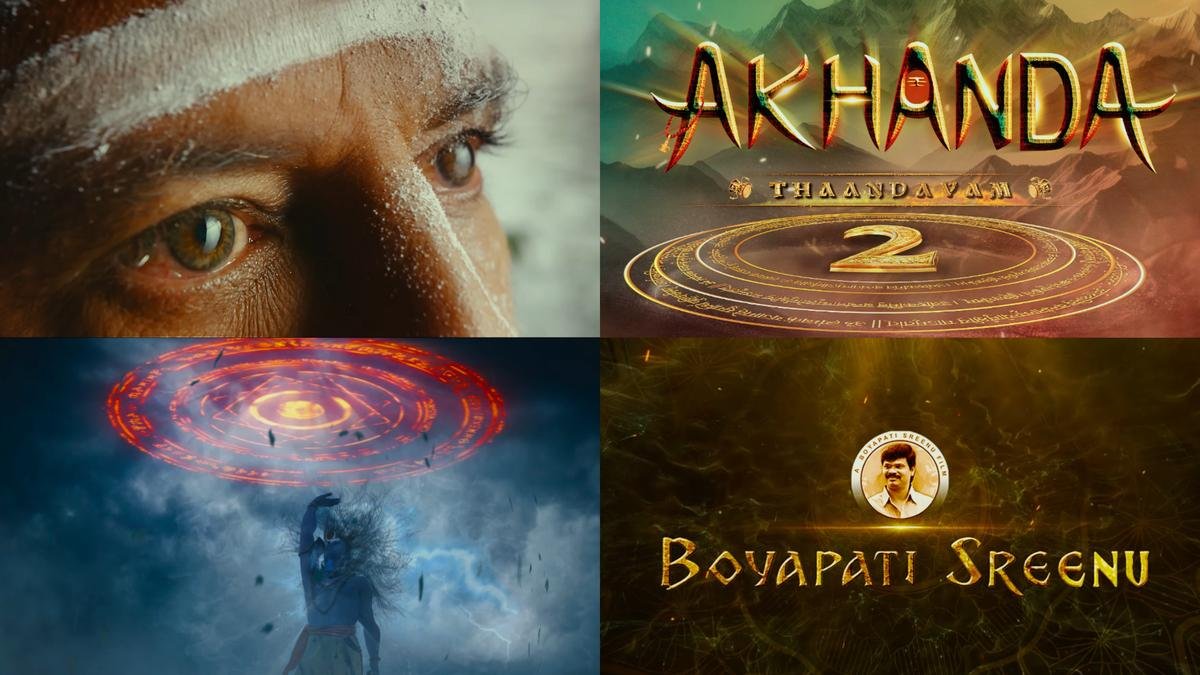A few days ago, an actor shared a reel on Instagram walking through a staircase at the office of Raaj Kamal Films International, Kamal Haasan’s production banner. The pathway was adorned with framed posters of films bankrolled by the legendary actor, most starring himself. The multi-hyphenate veteran sports different hats, including actor, film director, screenwriter, choreographer, playback singer, lyricist, television presenter, social activist, and now even politician. However, a facet of Kamal that does not get highlighted often is the producer in him. The journey has been long — 42 years to be precise — and also arduous.

Beyond the royal gaze
1981 is arguably one of the most important years in Kamal’s career. After his breakthrough roles in K. Balachander’s Apoorva Raagangal (1975) and A.S. Prakasam’s Pattaampoochi (1975), just a year after making his solo lead debut with the Malayalam film Kanyakumari, Kamal and Balachander set their gaze up north. Bollywood was not entirely new to them; the legendary filmmaker had made Aaina (1977) which also featured Kamal in an uncredited role. But it was in 1981 that they collaborated for Ek Duuje Ke Liye, the film which made Bollywood take notice of this cast and crew from the south. By then, Kamal had raked up 99 films in his filmography, and for the landmark venture Raja Paarvai (simultaneously made in Telugu as Amavasya Chandrudu), he turned producer. Helmed by Singeetam Srinivasa Rao, with whom Kamal had earlier teamed for the Telugu film Sommokadidhi Sokokadidhi (1979), the film was produced by the actor along with his brother Chandrahasan under the banner Haazan Brothers. Despite the film not being a success upon release, it attained cult status apart from giving us one of Tamil cinema’s most significant producers.
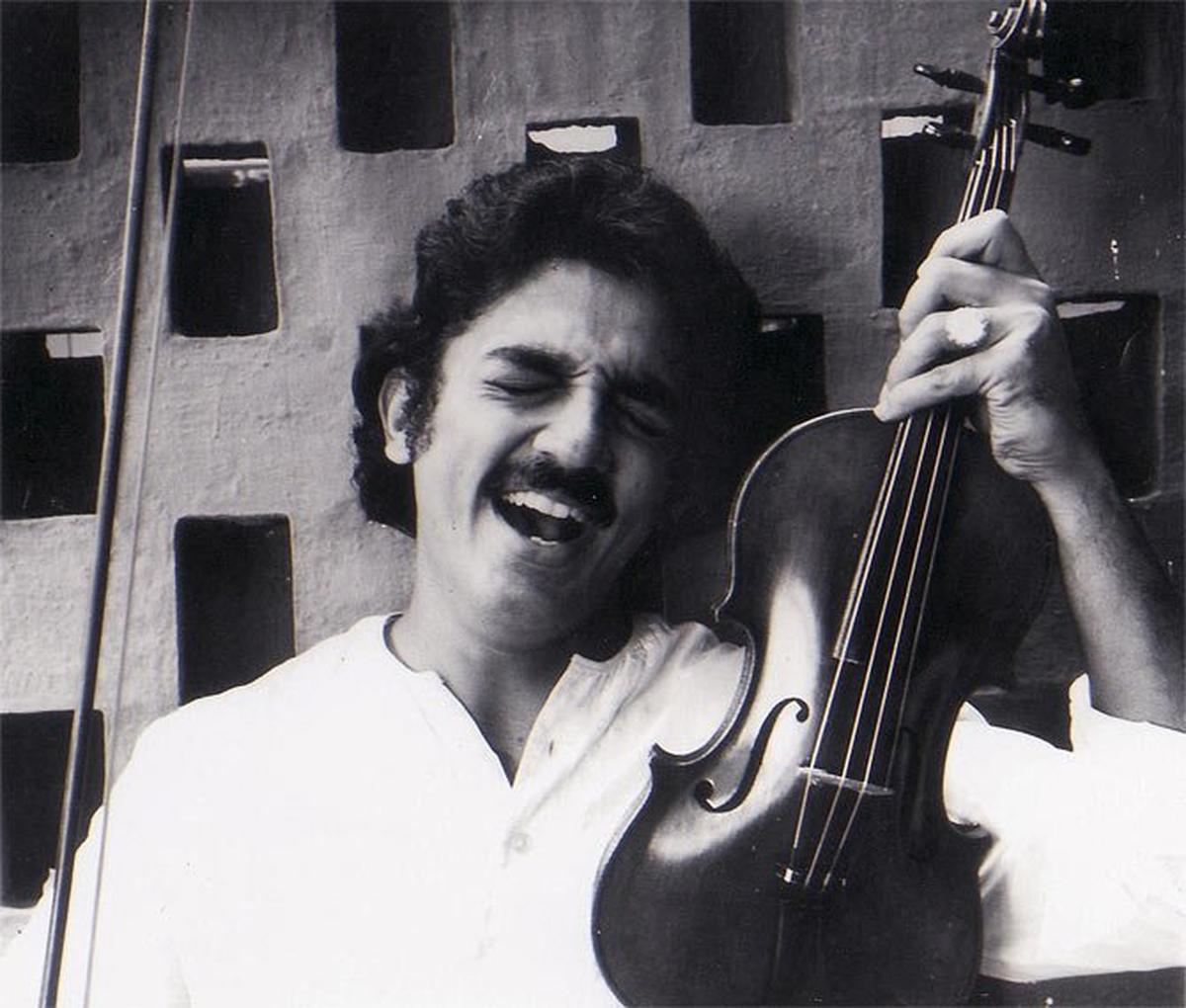
A still from ‘Raja Paarvai’
| Photo Credit:
Special Arrangement
Five years later, Kamal bankrolled Vikram, one of Tamil cinema’s most ambitious attempts at the time, and the production house’s name was changed to Raaj Kamal Films International. The very next year, the banner’s third venture was out, but this time Kamal did not star in the lead. The film, Kadamai Kanniyam Kattupaadu, was a Sathyaraj starrer and was directed by Santhana Bharathi, who, apart from playing an uncredited cameo in Raja Paarvai, would go on to direct Gunaa and Mahanadhi with Kamal apart from starring in multiple films alongside the actor.

The banner’s next film was Sathya (1988). Starring Kamal as an angry young man, the cult classic marked the directorial debut of Suresh Krissna. Suresh worked in the veteran producer L.V. Prasad’s Ek Duuje Ke Liye before turning Balachander’s assistant director. Sathya was followed by another collaboration with Singeetam Srinivasa Rao and this time, it was for Apoorva Sagodharargal (1989). Often considered one of Kamal’s best films, it became the highest-grossing Tamil film at the time.
Muse of comedy and tragedy
The 90s saw Kamal backing films that were comedy capers or serious dramas. For Raaj Kamal Films, the decade started with yet another cult classic, Thevar Magan. Like many of his films during this era, the story was penned by Kamal, drawing inspiration from The Godfather and the Kannada film Kaadu (1973). Apart from featuring the stalwarts of Indian cinema, Sivaji Ganesan and Kamal, the film marked their collaboration after Parthal Pasi Theerum (1962), where Kamal was a child artiste, as well as Satyam (1976) and Naam Pirandha Mann (1977), which served as the basis for Kamal’s 1996 film Indian.

In 1994, Raaj Kamal Films produced yet another film without Kamal playing the lead. The film was Magalir Mattum, directed by Singeetam. Inspired by the American film 9 to 5 (1980), Kamal, apart from playing a cameo, wrote the film’s plot which was turned into a screenplay by Crazy Mohan with whom he first collaborated for Apoorva Sagodharargal. Kamal also produced the Hindi remake of it, Ladies Only, and reprised the role played by Nagesh in the original film, but the completed film was never released theatrically.
Still from ‘Apoorva Sagothargal’
The next year, Kamal produced and starred in Sathi Leelavathi and Kuruthipunal. While the former was a comedy classic by Balu Mahendra, Kuruthipunal, the remake of the Hindi film Drohkaal, was ace cinematographer P.C. Sreeram’s sophomore directorial. The film influenced a wave of filmmakers and the name of the fictional covert operation from the film inspired a young actor named Venkatesh Prabhu to adopt the screen name Dhanush.
Kamal the producer wrapped up the 90s with his banner’s first Hindi film, Chachi 420, the remake of his very own Tamil movie Avvai Shanmugi. With ad filmmaker Shantanu Sheorey initially attached to the project, Kamal took over the directing reins besides reprising the role he played in the original film.
The start of the new millennium was quite a mixed bag for Raaj Kamal Films. Kamal was fresh off the Marudhanayagam debacle — a film that was launched in 1997 in the presence of Queen Elizabeth II and touted to be the most expensive film to be made in India during that period, only for it to go through various production troubles and get shelved. Kamal started 2000 with Hey Ram which he wrote, directed, and produced. Despite bringing in talents like Shah Rukh Khan, Hema Malini, Rani Mukerji, Naseeruddin Shah, and Om Puri, and winning critical acclaim, the film is said to have underperformed at the box office.

The banner returned to comedy with Nala Damayanthi (2003). The film was supposed to be a spinoff of Kamal’s Palakkad Brahmin cook Kameshwaran character from Michael Madana Kama Rajan (1990) and made into a film titled Londonil Kameshwaran. But Kamal opted not to play the lead and gave that role to his Anbe Sivam co-star Madhavan. Filmmaker Moulee, who helmed the successful Kamal-starrer Pammal K. Sambandam, was back in the director’s seat for Nala Damayanthi which also featured a Kamal cameo in his signature Virumaandi look.
Virumaandi was also a Raaj Kamal product. Launched as Sandiyar, the film faced backlash even before its release, prompting Kamal to change the title to Virumaandi, and despite the snags, the film became a commercial success. Next came Mumbai Xpress which was simultaneously made in Hindi and Tamil. The comedy caper could not match the mammoth success of Kamal’s previous collaborations with director Singeetam. Raaj Kamal wrapped up the decade with the remake of the 2008 Hindi film A Wednesday!, titled Unnaipol Oruvan, which was also simultaneously made in Telugu as Eenadu.
Kamal Haasan in a still from ‘Virumaandi’
| Photo Credit:
Special Arrangement
The film was helmed by Chakri Toleti, a child artiste in Kamal’s Saagara Sangamam (1983) and a co-star in Dasavathaaram (2008).
An incarnation of a star
Despite headlining, directing, and producing several big-budget films, no other films seem to have tested Kamal and his production house as much as their 2013 film Vishwaroopam did. The film was initially planned for a direct-to-home (DTH) premiere and after backlash from theatre owners, the idea was dropped. Although cleared by the censors, it saw some Muslim groups calling for its ban, claiming that the film would hurt the community’s sentiments. The ban in Tamil Nadu also led to the suspension of screenings in neighbouring Indian States and foreign markets. Kamal stated in a press meet that he had invested all his properties into the film and the issues created by several parties have made him contemplate the idea of leaving the country. After the bigwigs of Indian cinema from Rajinikanth to Shah Rukh Khan criticised the developments and after a mutual agreement was reached, the ban was lifted and Vishwaroopam went on to become one of the highest-grossing Tamil films.
Raaj Kamal Films International’s next project was Uttama Villain which also saw its fair share of financial issues before release. The banner followed it up with Thoongaa Vanam, an official remake of the French film Sleepless Night (2011). Post Vishwaroopam II’s delayed release, Kamal bankrolled Kadaram Kondan. The film starred Vikram in the lead with Kamal’s daughter Akshara Haasan and the actor’s longtime collaborator Nassar’s son Abi Hassan.
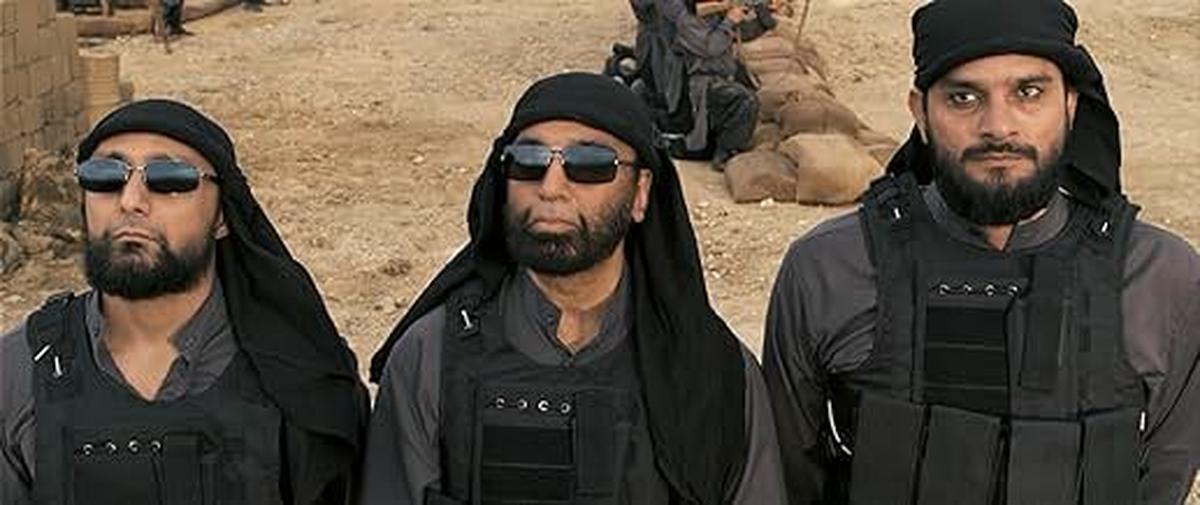
Still from ‘Vishwaroopam’
| Photo Credit:
Special Arrangement
An exciting decade unfolding…
Kamal and his production house started their spectacular 2020 innings with Vikram, the second instalment in director Lokesh Kanagaraj’s Cinematic Universe and a spiritual successor to the 1986 film of the same name. A die-hard fan of Kamal, Lokesh had mentioned several times how Sathyaa and Virumaandi influenced him to take up direction and their collaboration broke several records. The film is said to be Kamal’s highest-grossing Tamil film of all time.

Following the success of Vikram, the production house is bankrolling the Sivakarthikeyan-Sai Pallavi starrer Amaran which is slated to release this Deepavali. An adaptation of the book series India’s Most Fearless: True Stories of Modern Military Heroes, the film is a biographical of Major Mukund Varadarajan. One of the most exciting projects in development is Thug Life, jointly produced by Raaj Kamal Films International, Madras Talkies, and Red Giant Movies. The film reunites Kamal Haasan with Mani Ratnam after their legendary collaboration in Nayakan (1987).
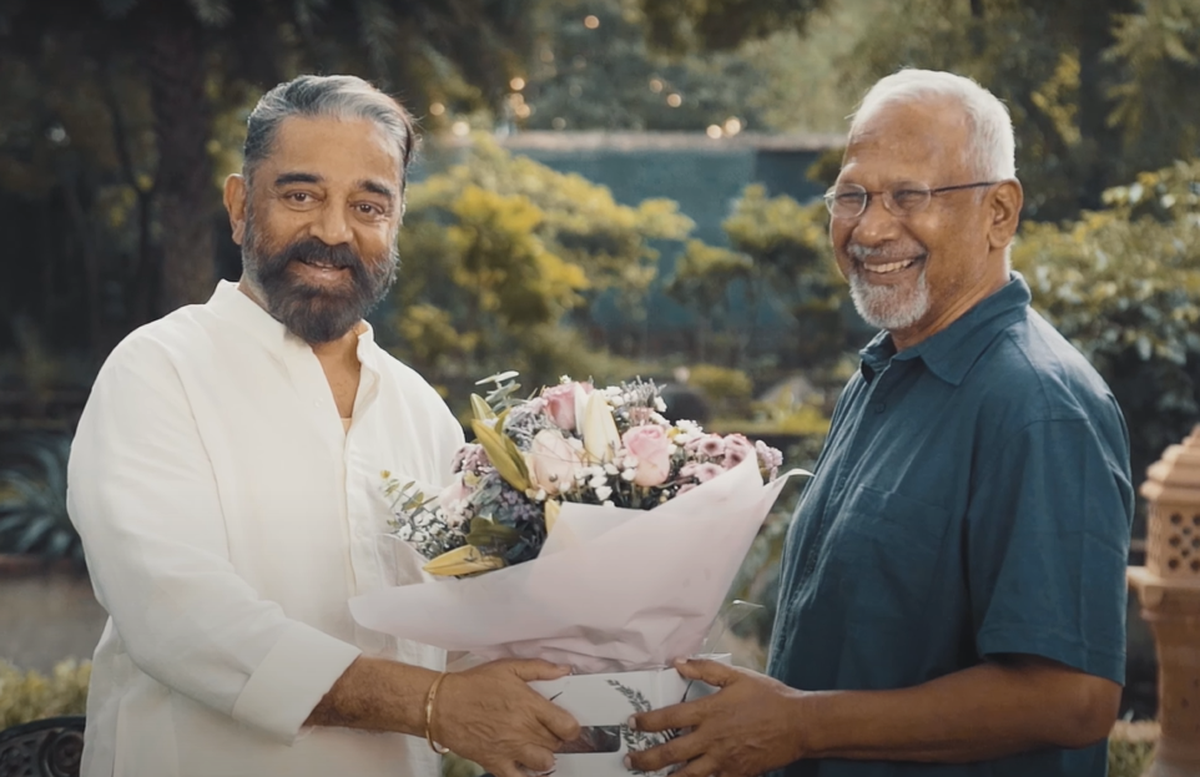
Kamal Haasan and Mani Ratnam on the sets of ‘Thug Life’.
| Photo Credit:
Special Arrangement
Kamal Haasan’s production ventures have made a name for themselves within the world of cinema with Thevar Magan, Kuruthipunal, and Hey Ram being chosen as India’s official entry for the Academy Awards for those respective years. Apart from presenting their own titles, Raaj Kamal Films has also distributed films such as Gunaa (1991), Avvai Shanmughi (1996), Panchatanthiram (2002) and the Tamil dubbed version of 83 (2021). It is under his production that Kamal has tried his hand at several filmmaking technologies; the first Tamil film to have its screenplay written with software was Thevar Magan, the first Indian film to use Dolby Stereo surround SR technology was Kuruthipunal and the first Indian film to utilise Auro 3D sound technology was Vishwaroopam. Several Indian actors have turned producers but not everyone has consistently churned out blockbusters under their banner. It is as if the legendary actor had a royal vision to produce Raja Paarvai in 1981 and his upcoming film Thug Life sounds befitting, given the journey Kamal Haasan the producer has gone through.
Published – October 25, 2024 02:53 pm IST


